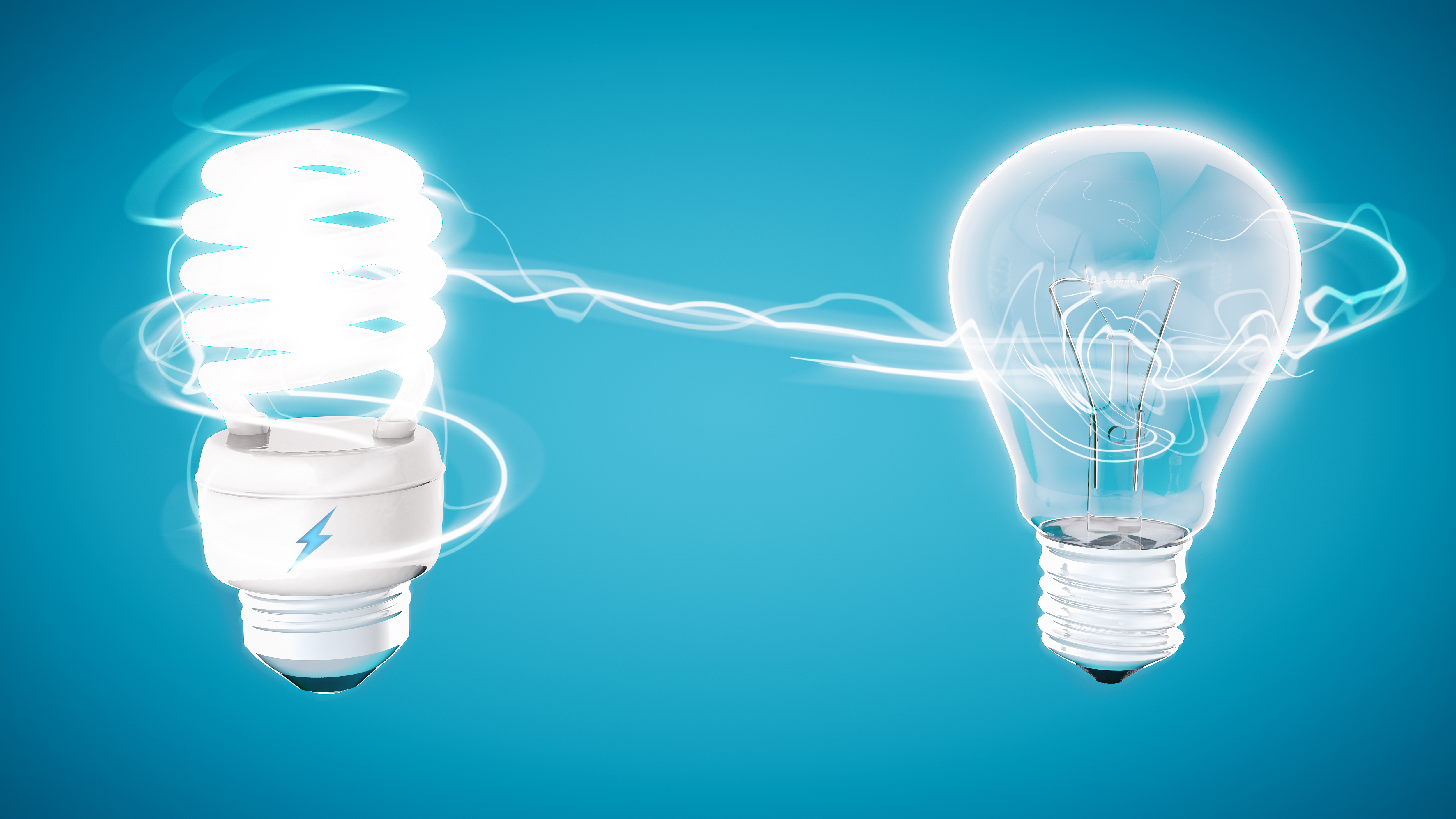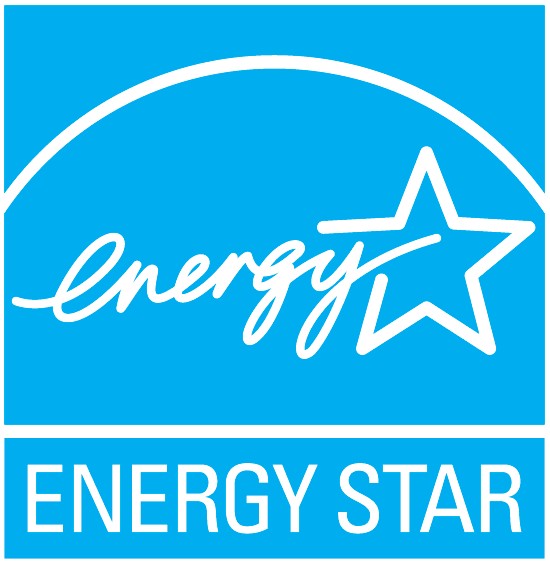By Claire Miziolek | Mon, January 25, 16
After much pageantry and ceremony, a new LED is on course to de-throne the “traditional” options in efficient residential lighting. A new class of LEDs - with lifetimes lower than those that currently wear the ENERGY STAR mark - are set to replace traditional LEDs and CFLs in the residential lighting market.
Under ENERGY STAR Lamp Specification V1.1, omnidirectional LEDs should meet a 25,000 hour lifetime; these new LEDs do not meet that, but many will be able to meet ENERGY STAR Lamps 2.0. What does that mean for you? It means that lower-lifetime LEDs have disrupted the market and NEEP is helping stakeholders figure out the short and long-term implications.
Back in early 2015, after many years of producing ENERGY STAR LEDs, lighting manufacturers began producing LEDs that did not meet ENERGY STAR, but were available at a much lower price point. These bulbs were known as the value LED, basic LED, or ENERGY STAR-ish. While these lower-lifetime LEDs didn’t meet the ENERGY STAR requirements (often due to lifetime, power factor, and directionality), they started to sell well at retail locations due to their low price and exciting LED features. They started to disrupt the market and attract attention in the efficiency community due to three major considerations:
 Currently, these lower-lifetime LEDs are produced by leading manufacturers who are very invested in their brand and product quality. ENERGY STAR LEDs, on the other hand, are tested against a long list of quality metrics by third-party certification bodies to ensure their quality regardless of the reputation of the manufacturer, as well as subject to periodic verification testing to ensure the products on the shelves continue to meet quality expectations. The risk in non-ENERGY STAR LEDs spreading through the market is that they are not subject to the same rigorous independent testing, which could lead to inferior product quality and potential consumer backlash against LEDs. As we learned from CFLs, just because a product is efficient does not mean that it has quality. The ENERGY STAR Lamps program was built to solve that challenge for efficient lighting moving forward.
Currently, these lower-lifetime LEDs are produced by leading manufacturers who are very invested in their brand and product quality. ENERGY STAR LEDs, on the other hand, are tested against a long list of quality metrics by third-party certification bodies to ensure their quality regardless of the reputation of the manufacturer, as well as subject to periodic verification testing to ensure the products on the shelves continue to meet quality expectations. The risk in non-ENERGY STAR LEDs spreading through the market is that they are not subject to the same rigorous independent testing, which could lead to inferior product quality and potential consumer backlash against LEDs. As we learned from CFLs, just because a product is efficient does not mean that it has quality. The ENERGY STAR Lamps program was built to solve that challenge for efficient lighting moving forward.- Consumers are starting to recognize LEDs as quality light bulbs. When lower cost LEDs became widely available, there was a noticeable purchasing trend towards these non-ENERGY STAR LEDs. In an ideal world, these lower-cost LEDs would entice consumers who would have otherwise purchase an inefficient halogen lightbulb, but some stakeholders feared that these lower-lifetime LEDs may instead attract customers away from purchasing ENERGY STAR CFLs, and definitely discourage customers from paying extra for ENERGY STAR LEDs.
- Currently, these new LEDs are not included in efficiency programs because they are not ENERGY STAR certified. Residential lighting makes up a very large portion of efficiency programs savings, so if a customer purchases a lower-lifetime LED instead of an incentivized ENERGY STAR LED, programs would not be able to claim savings on that purchase because, although it is an LED, it is outside of their program. On the one hand, any LED purchased instead of a halogen is any efficiency win. On the other hand, if that LED has no quality control, it may spell the end of the popularity of LEDs in the long term.
 While all of these market changes were happening, ENERGY STAR was revising its lamp specification. The first two drafts of the Lamps 2.0 specification laid out a clear direction for the category, but after this market disruption became critically important, ENERGY STAR led many negotiations and discussions that reached a final specification for ENERGY STAR Lamp Specification V2.0, released in January, 2016. In order to evolve with the changing LED market, a major change in the specification is that the lifetime requirement was lowered from 25,000 hours to 15,000 for omnidirectional products. Products can now start to certify to the new requirements, though given testing length, it is not expected that lower-lifetime LEDs would qualify to the ENERGY STAR Specification until mid-2016 at the earliest.
While all of these market changes were happening, ENERGY STAR was revising its lamp specification. The first two drafts of the Lamps 2.0 specification laid out a clear direction for the category, but after this market disruption became critically important, ENERGY STAR led many negotiations and discussions that reached a final specification for ENERGY STAR Lamp Specification V2.0, released in January, 2016. In order to evolve with the changing LED market, a major change in the specification is that the lifetime requirement was lowered from 25,000 hours to 15,000 for omnidirectional products. Products can now start to certify to the new requirements, though given testing length, it is not expected that lower-lifetime LEDs would qualify to the ENERGY STAR Specification until mid-2016 at the earliest.
The 2.0 specification also significantly increased the efficacy requirements for all lamps from the V1.1 specification. An analysis of the current qualified products list found no CFLs in any category qualifying to the V2.0 specification, which will be the prevailing specification beginning January, 2017. However ENERGY STAR will host an archived list of CFLs that had qualified to the V1.1 specification which programs could potentially use to reference for continued limited promotion of CFLs. The changes to the specification include allowing connected products to qualify, as well as slight adjustments in omnidirectionality requirements; these were made “to allow greater product design flexibility for cost reductions”.
Ultimately, what was first seen as a threat, may now turn out to be a hero. With proper checks and balances through ENERGY STAR, lower-lifetime LEDs can turn out to be a low cost, high quality product with the potential to rapidly transform the residential lighting market.
NEEP will be monitoring these market developments, and invites conversations on these changes. For more information on residential lighting, NEEP released the 2015-2016 Update to the Residential Lighting Strategy in November. This document includes, among other things, a comparative overview of residential lighting across states in the region. NEEP also issued The State of our Sockets paper in August which provides an overview of the state of residential lighting market transformation. Building on these efforts, the Residential Lighting Deeper Dive Brief takes a closer look at variations in savings parameter assumptions and evaluations across the region.
